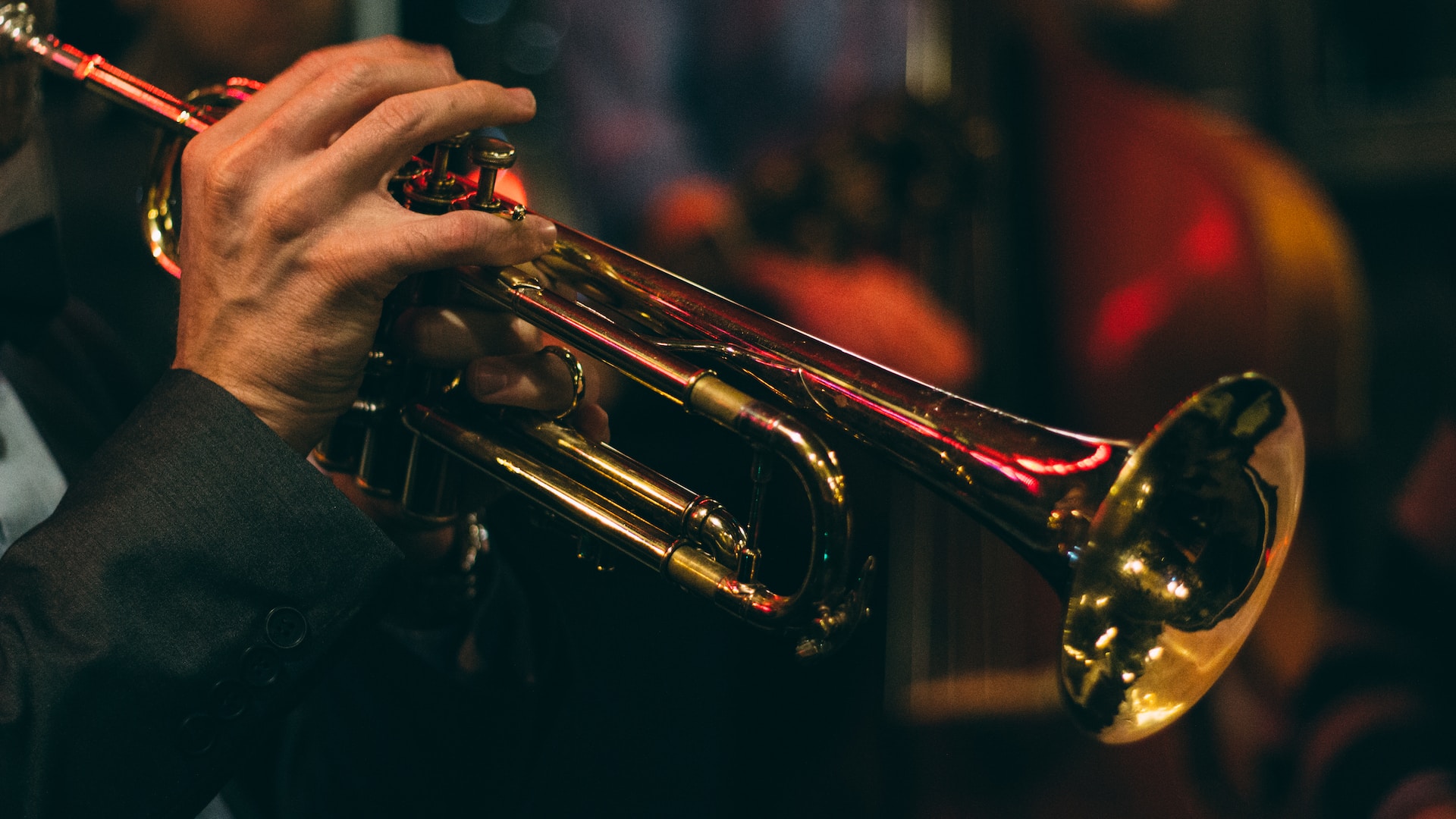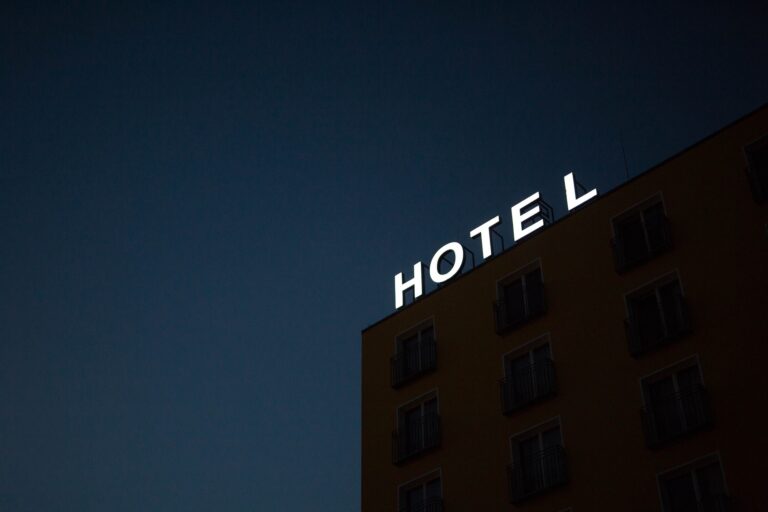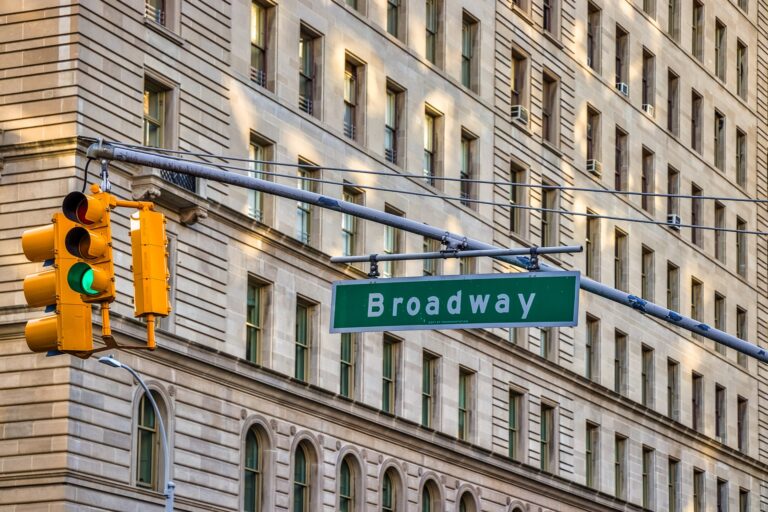Welcome to a journey back in time to the vibrant and exhilarating era of the Jazz Age in New York City. In the midst of this cultural explosion, Harlem became the epicenter of jazz music, with its speakeasies and talented jazz pioneers setting the stage for a revolution in American music history. For those interested in the rich tapestry of New York City’s past, here, we will take you on a captivating exploration of Harlem’s speakeasies and the jazz legends who shaped an era.
Prohibition and Speakeasies
The Jazz Age coincided with the Prohibition era, a period from 1920 to 1933 when the production, sale, and distribution of alcoholic beverages were banned in the United States. However, the ban did little to curb the demand for alcohol. Instead, it gave rise to a network of hidden establishments known as speakeasies, where patrons could enjoy illegal drinks and revel in the pulsating rhythms of jazz music. These secret establishments became the lifeblood of the Jazz Age, providing a haven for both musicians and revelers looking to escape the confines of the law.
The Birthplace of Jazz
Harlem, located in the northern part of Manhattan, emerged as a thriving African American community during the early 20th century. This neighborhood became a hotbed of cultural expression, attracting artists, musicians, and writers who were seeking refuge from racial discrimination and a place to freely express themselves.
With its vibrant and diverse community, Harlem quickly became a hotspot for what was back then illicit gatherings. The neighborhood’s speakeasies were not only places to enjoy a forbidden drink but also the birthplace of a new genre of music that would captivate the world – jazz. Harlem’s speakeasies became the meeting grounds for musicians from all walks of life, where they could jam together and experiment with their craft.
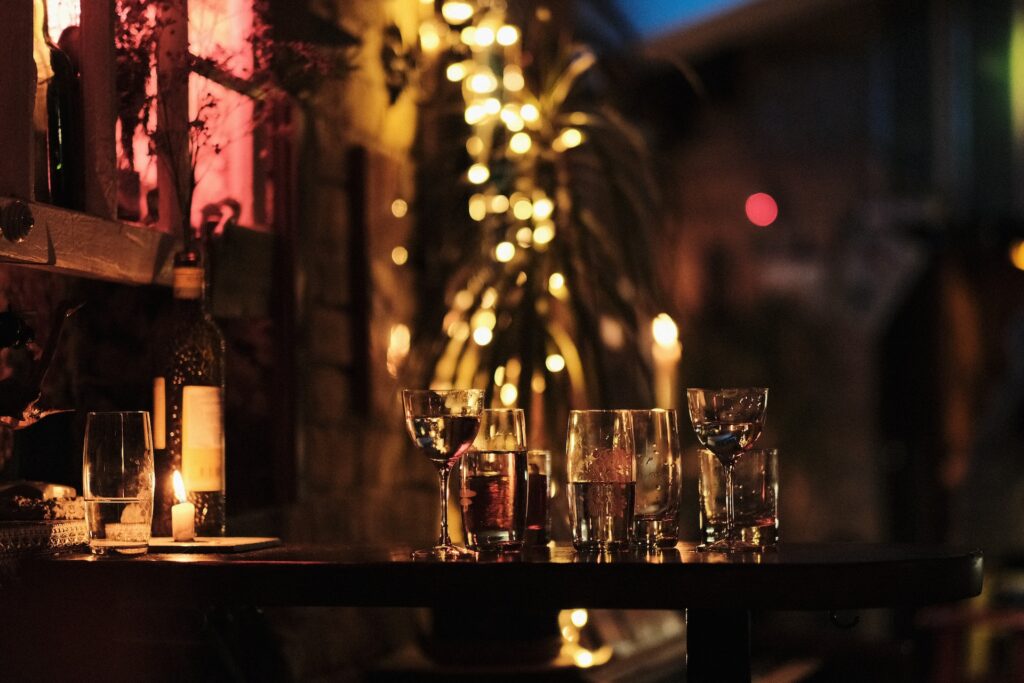
The Savoy Ballroom
A Harlem institution that played a pivotal role in shaping the Jazz Age was the Savoy Ballroom. Known as the “Home of Happy Feet,” the Savoy Ballroom was a haven for dancers and jazz enthusiasts. Its spacious dance floor and energetic atmosphere attracted both amateur dancers and professionals alike. The unique style of dance that emerged at the Savoy, known as the Lindy Hop, became a symbol of the era and continues to influence dance forms today.
Cotton Club and the Great Migration
While the Savoy Ballroom catered to a predominantly black audience, the Cotton Club, located in the heart of Harlem, showcased African American talent for white patrons. Some of the era’s most renowned jazz artists, including Duke Ellington and Cab Calloway, graced its stage. The Cotton Club’s success highlighted the complex racial dynamics of the time, as it operated under a policy of exclusion for black patrons.
Jazz Pioneers
No discussion about the Jazz Age would be complete without paying homage to the brilliant musicians who paved the way for this cultural phenomenon. Harlem was home to an impressive array of jazz pioneers, including luminaries such as Ella Fitzgerald, Billie Holiday, Count Basie, and Fats Waller. These artists pushed musical boundaries and brought a new level of sophistication and creativity to the jazz genre.
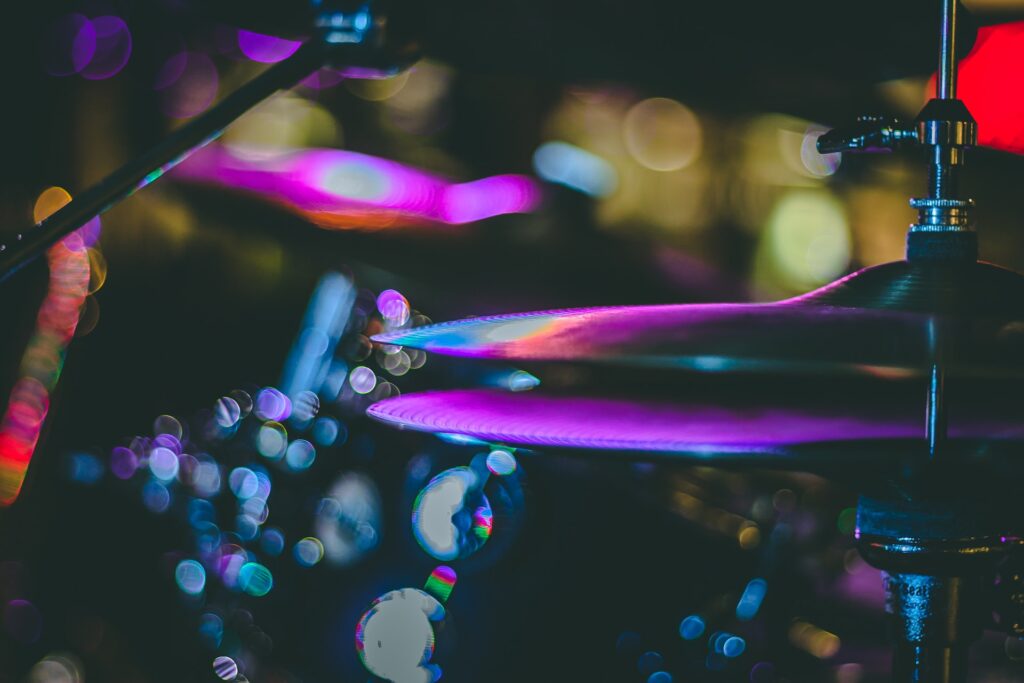
Enduring Legacies
Harlem’s speakeasies were more than just venues; they were a catalyst for social change. They provided a platform for African American artists to showcase their talents to a wider audience, challenging the racial barriers of the time. These speakeasies were havens of equality, where people of all backgrounds could come together and appreciate the power of music to unite.
The impact of the Jazz Age and its pioneers extended far beyond the borders of Harlem. Jazz music became a symbol of freedom and expression, breaking down societal barriers and inspiring a generation of musicians around the world. The jazz pioneers who emerged from Harlem’s speakeasies paved the way for future generations of musicians and continue to influence the music industry to this day.
Social and Cultural Impact
Beyond the music, the Harlem Renaissance, a cultural and intellectual movement, flourished during this era. Writers, poets, and artists flocked to Harlem, contributing to the rich tapestry of African American culture. The Jazz Age became a symbol of defiance against societal norms and a celebration of black identity, leaving an indelible mark on American history.
A Must-Visit in NYC
As you walk the streets of Harlem today, you can still feel the echoes of this remarkable era. From the Apollo Theater to the National Jazz Museum in Harlem, the neighborhood pays tribute to its jazz heritage, ensuring that the legacy of the Jazz Age lives on.
For those interested in New York City history, exploring Harlem’s speakeasies and the jazz pioneers who graced their stages is a fascinating journey. It is a testament to the resilience and creativity of a community that faced adversity and used music as a means of expression and empowerment. So, immerse yourself in the allure of the Jazz Age, and discover the magic that unfolded in the speakeasies of Harlem.
The Bottom Line
Whether you’re a jazz enthusiast or simply captivated by the stories of New York City’s past, dive into the rich history of Harlem’s speakeasies and jazz pioneers. Experience the rhythm, the energy, and the innovation that defined an era. The Jazz Age in Harlem is waiting to be rediscovered, so come along and be transported to a time of rebellion, creativity, and unforgettable music.

